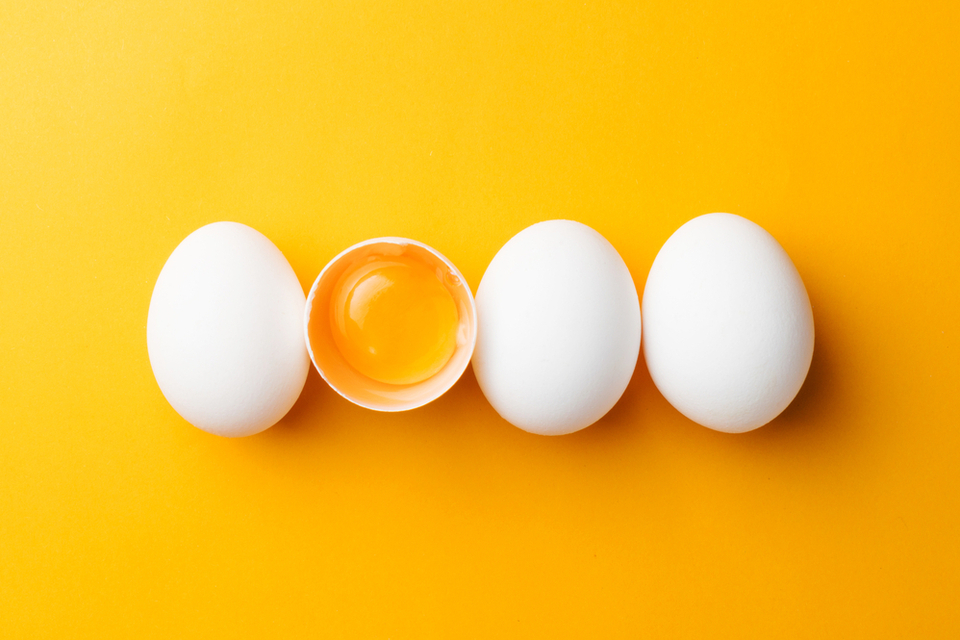We are eating more fruits and veggies now more than ever before.
According to reports, fruit and vegetable consumption in the U.S has increased by 30 percent in the last decade. Yet, we also lose as much as 20 percent of these agric produces to spoilage each year.
Then there’s the issue of rejected eggs.
The United States produces more than seven billion eggs every year, but producers reject 3 percent of them. As a result, an estimate of over 200 million eggs ends up in landfills.
Now a team of scientists from Rice University has found a way to repurpose rejected eggs by using them as a base for an inexpensive coating. The said coating could be used to protect fruits and vegetables.
In a statement about the project, co-corresponding author of the study, Muhammad Rahman said:
“We chose egg proteins because there are lots of eggs wasted, but it doesn’t mean we can’t use others.”
The work by Rice undergraduate students Seohui (Sylvia) Jung and Yufei (Nancy) Cui are detailed in Advanced Materials.
Creating an Edible Coating from Rejected Eggs
Roughly 70 percent of the coating consists of a biopolymer that’s made from egg whites and yolks.
However, the rest of the coating include nanoscale cellulose fibers harvested from wood as well as a bit of curcumin from Tumeric spice. There’s also a small amount of glycerol in the coating.
The cellulose fiber forms a barrier that prevents water from evaporating from the produce. Meanwhile, curcumin and glycerol give the coating its anti-microbial and elastic properties, respectively.
In their test, the researchers noted that the strawberries, avocado, and bananas that were dip-coated have resisted spoilage for a more extended period.
The fruits ripen slower, but they also resisted infiltration from bacteria as compared with uncoated counterparts. As a result, the fruits remained stiff and firm for a longer period.
Although the coating is edible, it washes off with water. That way, anyone that has egg allergy can easily remove the coating before eating the fruit or vegetable.
Now, the researchers are working to replace the egg content with plant-derived proteins.



















Comments (0)
Most Recent